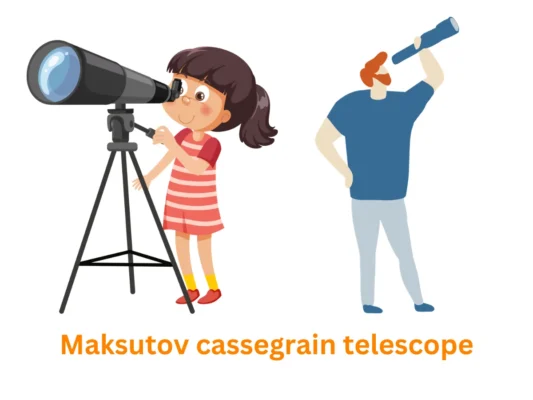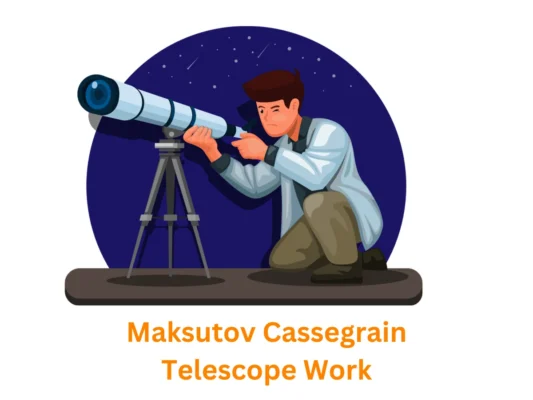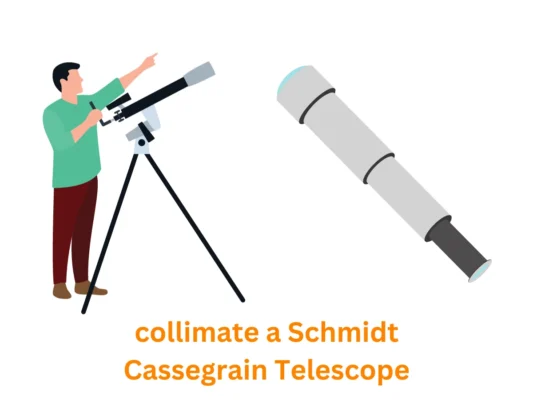If you’re looking for a compact, high quality telescope that can easily fit into tight spaces or be taken on vacation then the Maksutov-Cassegrain is an excellent choice. There are so many models to choose from though it’s hard knowing which one will work best with your needs.
If precision imaging and spotting tiny objects isn’t enough of interest in nature exploration but rather capturing scenic landscapes shots while taking full advantage offer Compact size highly portable optics. When deciding between an MAK or ALTAZ mount look into how easy it will be with your location in mind as well as what features interest you most before making any purchases.
What is a maksutov cassegrain telescope?
A small Maksutov Cassegrain telescope provides advantages over larger models such having Lowrance angles (less weight), better light gathering power at nigh times; these scopes also make up less box space when shipped due tthe shorter length – but not everyone wants this type of versatility.
Maksutov Cassegrain telescope are another type of compound telescope, similar to the Schmidt-Cassegrain. They have a spherical mirror that collects light and an curved lens up front for correcting aberrations The corrector lens on a Mak has simple spherical curvature which is easy to manufacture while SCTs typically require highly specialized machines with very tight tolerances because they’re precision instruments used by professionals who know what they’re doing. The secondary mirror consists only out thin layers deposited onto its backside so there isn’t much alignment needed other than making sure everything’s clean before mounting.
Mounting an astronomy telescope can be tricky. There are many factors that need to be considered while doing so, including what type of mount you’ll use and which accessories should come with it (a guide scope for instance). The downside? Mak’s optics have longer focal ratios meaning they’re not good at magnifying wide fields but excel in objects near microscopic like planets or double stars among others.

With Maks, you get to enjoy the beauty of both urban and deep-sky objects. They are compact so they’re great for observing in city streets or parks with less than ideal conditions like low light levels. The higher magnification also darkens washed out skies while bringing more contrast on stars which makes these scopes perfect for darker locations where it can be hard to see anything at all
Maksutov-Cassegrains are robust and rugged because they can withstand harsh environments. Some field photographs in National Geographic Magazine were taken with a Maks, but it is heavy at higher magnifications so you won’t find commercially made models that go up past 7 inches (175mm).
The Maksutov telescope is a standard for those who want to go beyond what’s visible with their eyes. These scopes have superb mechanics and razor-sharp optics almost without aberration, making them perfect instruments for terrestrial observing as well as nature photography! Not only that but NASA has also used this type of scope on its early space missions – most famously when Neil Armstrong took his “giant leap” into cyberspace during the first satellite transmission from Earth orbit around 1970s
If you want a scope that can go anywhere, then the Mak-Cass is not for you. With their heavier construction and larger size, these scopes are best suited to more serious astronomers who need an instrument fitted with powerful optics capable of revealing fine details in deep space objects like galaxies faraway from Earth’s light pollution or even next door at home.
As seen above on our 6 inch version priced around $1k without mount but still more costly than some Schmidt Cassegrips which cost under 800 dollars
You can check reviews of telescopes here
- Best Dobsonian Telescopes
- Best Computerized telescope
- Best Telescope for Astrophotography
- Best Dobsonian Telescope for beginners
- Best Telescope For Viewing Planets and galaxies
Maksutov Cassegrain telescope Pros :
The Canon EF 400mm f/4 lens is small, lightweight and versatile. It’s an excellent choice for travelling with a camera as it can take up very little room in your bag or on the side of a vehicle if you’re driving it around yourself. Despite its compact size there are many features that make this optic stand out from other more traditional DSLR lenses including Amazing clarity even at night when light isn’t ideal circumstances such as shooting stars across constellations will still exhibit sharp edges thanks to this large aperture which also produces less chromatic aberration than most wide angles do; Fast Auto focus motor ensures quick images without those sluggish response times where everything moves apart before your eyes seconds aftershooting.
Maksutov Cassegrain telescope Cons:
The Maksutov is a more expensive choice than Newtonians and Schmidt-Cassegrains for the same aperture because it has narrow field of view. The disadvantage to this design means that large telescopes cannot use them; however, you can get an aesthetically pleasing image with these types if your scope’s objectives are not too big (around 150 mm).
Maksutov-Cassegrain telescopes are best for these things:
If you’re an observer who wants aperture but also want to take your observing portable, then the Focal price 24mm has what it takes. It’s large enough for high power views of double stars and galaxies without any Astigmatism when used with a refractor or Newtonian telescope – this would be perfect in crowded skies where seeing conditions can change quickly.





